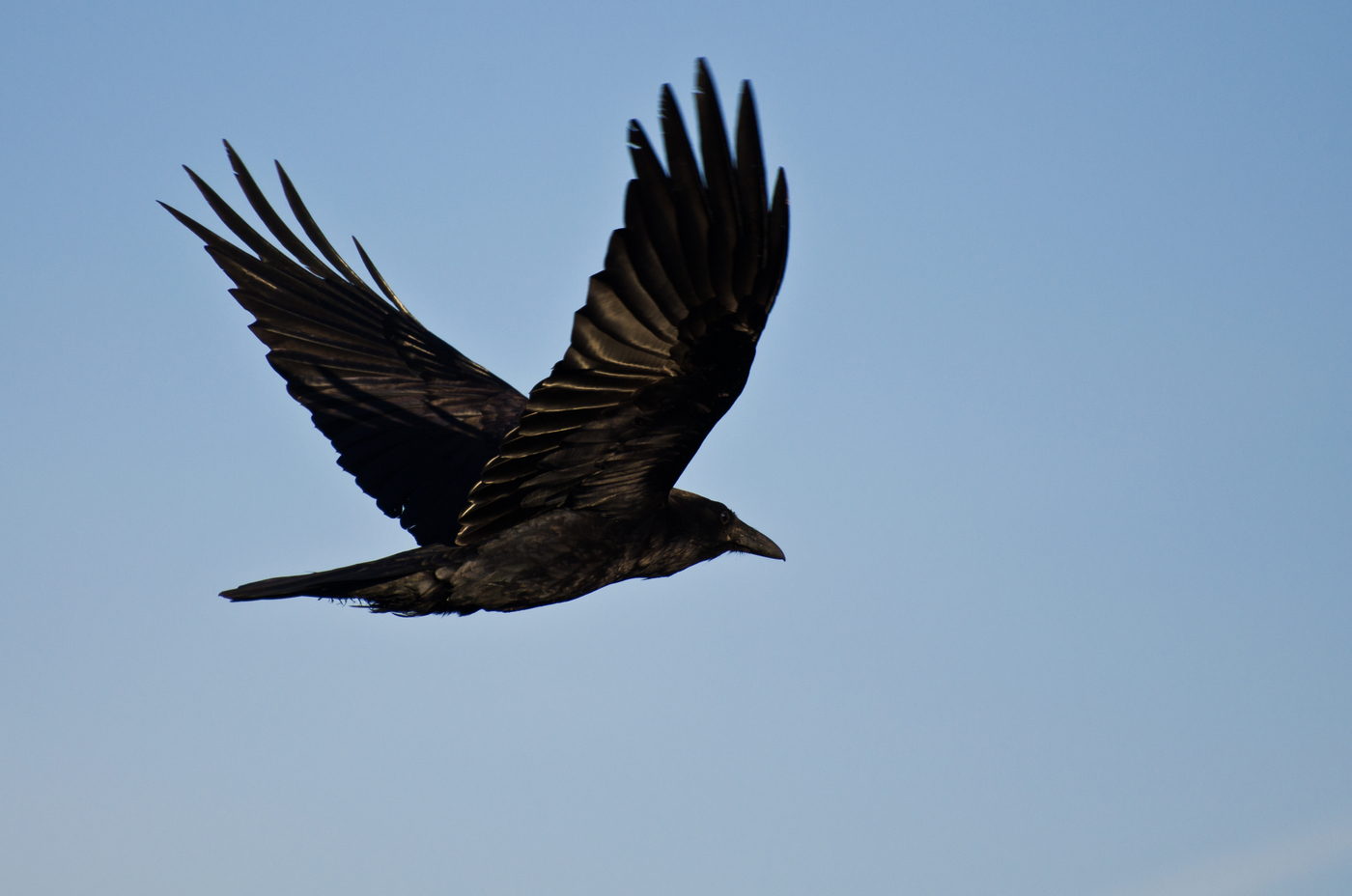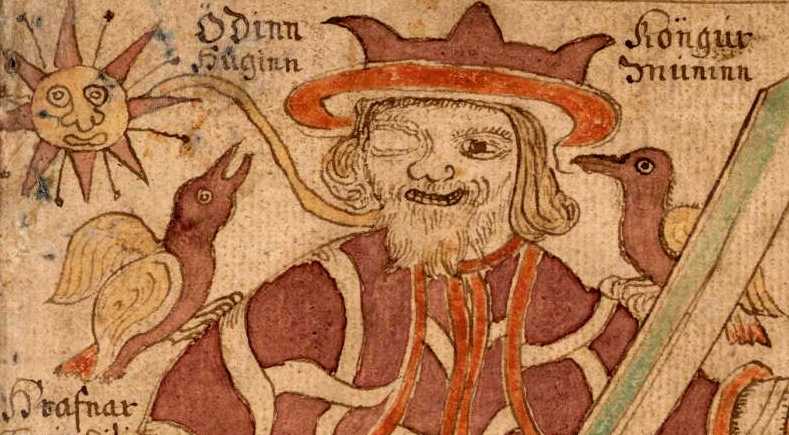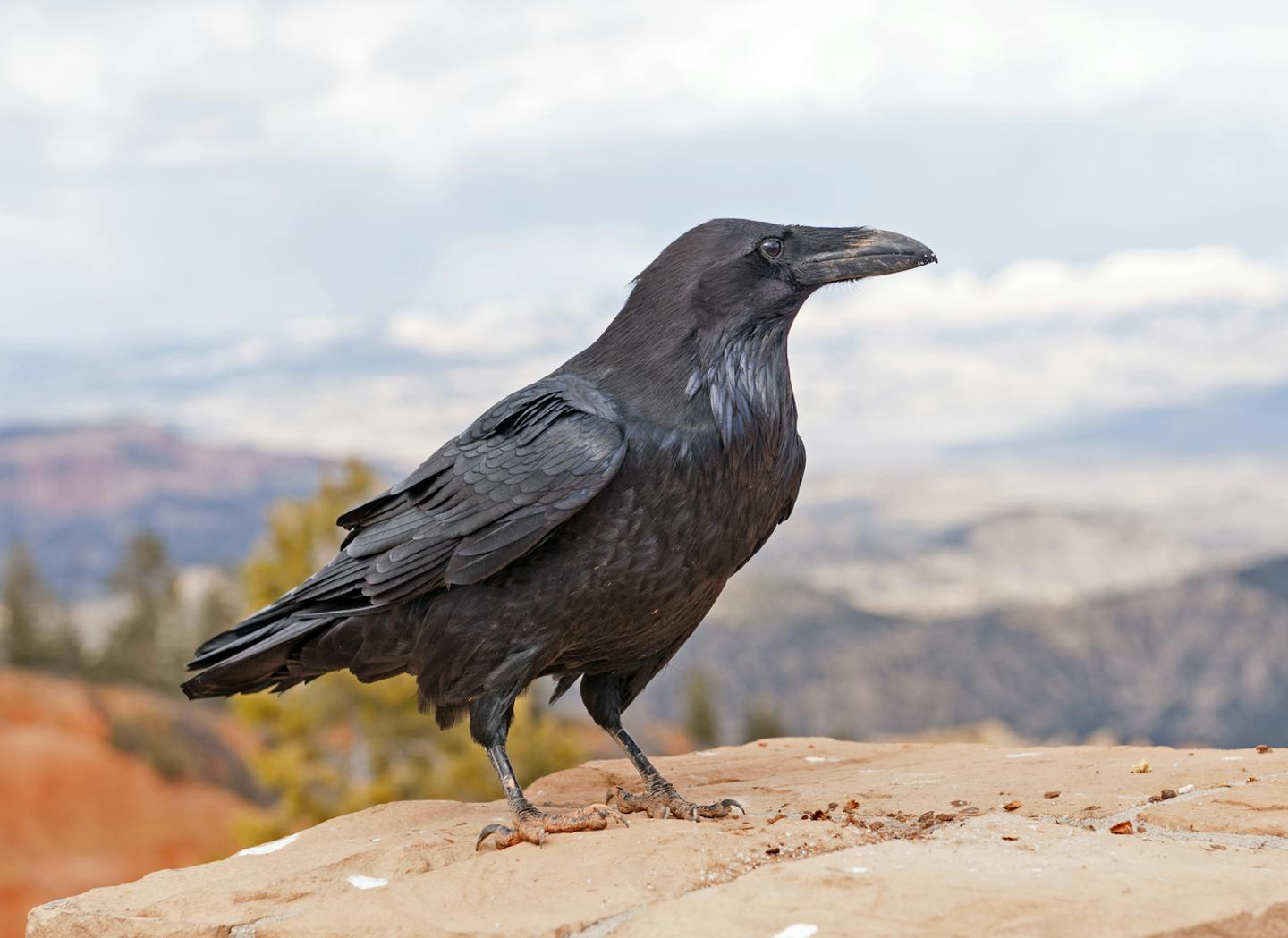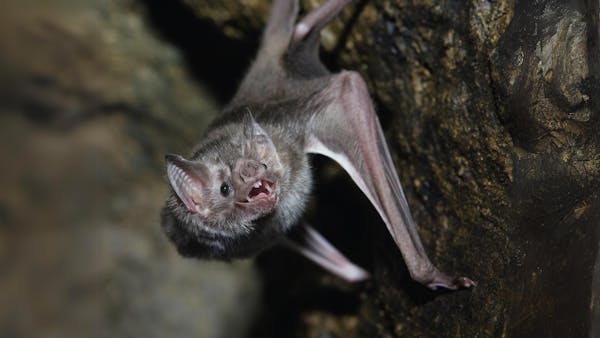The enigmatic common raven: Unveiling its intelligence, adaptability, and cultural mystique
One Earth’s “Species of the Week” series highlights an iconic species that represents the unique biogeography of each of the 185 bioregions of the Earth.
The common raven (Corvus corax) is a large, all-black bird known for its wide distribution across the Northern Hemisphere. As the most widespread of all corvids, ravens are celebrated for their intelligence, adaptability, and crucial role in maintaining ecosystem balance.

In the One Earth Bioregions Framework, the common raven (Corvus corax) is the iconic species of the Greater Yukon bioregion (NA6), located in the Canadian Boreal subrealm of Subarctic America.
Fascinating facts about the common raven
- Remarkable intelligence: As members of the corvid family, ravens demonstrate extraordinary cognitive abilities, including tool crafting and use, forward planning, bartering, and engaging in play behavior.
- Hunting prowess: Ravens employ group hunting tactics to trap prey twice their size, exhibiting cunning behaviors such as deceptive food caching to mislead other ravens. A group of ravens is called an “unkindness,” “treachery,” or “conspiracy.”
- Communication skills: Ravens excel at mimicry, reproducing human speech, animal sounds, and man-made noises—often surpassing parrots in accuracy. Their use of sophisticated gestures, such as holding up objects to attract mates and “pointing”—is a behavior primarily observed in humans and apes.
- Adaptable habitats: Ravens thrive in a wide range of environments, from urban areas to forests, high deserts, and tundra across North America, Europe, Africa, and Asia.
- Social complexity: Ravens form enduring bonds with companions, particularly relatives or mates. Young ravens travel in small flocks before settling down with a mate. Mated pairs typically remain together for life.
- Episodic memory: Ravens can remember human faces and even hold grudges for up to a month following negative encounters.

Common raven (Corvus corax). Image Credit: © Matt Krofcheck| Dreamstime.com.
Habitat and environment
The common raven’s range spans the Northern Hemisphere, inhabiting diverse environments—from Arctic tundra to desert landscapes, mountainous regions, coastal cliffs, and even urban areas.
This adaptability showcases the bird's evolutionary ingenuity, enabling it to thrive in complex habitats that offer numerous opportunities to forage, nest, and interact with their ecosystem.
Ravens soar above forests, scavenging in human settlements, or nesting high on cliff faces, highlighting their ability to exploit various resources and environments.
Physical traits and diet
With glossy black plumage, piercing eyes, and a robust beak, the common raven is a striking figure in the avian world. Weighing up to 1.8–2.3 kilograms (4–5 lb), with a wingspan reaching nearly 1.5 meters (5 ft), ravens can live 10–15 years in the wild.
As omnivores, ravens are flexible eaters—consuming anything from carrion to plant matter.
Their intelligence shines through in their problem-solving abilities and tool use, drawing parallels with great apes and cetaceans, underscoring their cognitive sophistication.
Their nests are large, intricate structures built high in trees or on cliff faces, where both parents nurture their young and fiercely defend their territory.

Common raven in flight. Image credit: © Rck953 | Dreamstime
Ecological significance
Ravens play an essential role in the natural cycle of life and death in their ecosystems by scavenging and consuming carrion, which aids in preventing the spread of diseases.
Their feeding behavior not only cleans up decaying matter but also contributes to seed dispersal, promoting the overall health, biodiversity, and sustainability of their habitats.
Cultural and mythological significance
Ravens occupy a distinguished place in human culture and folklore. They are powerful symbols across various cultures, often associated with death, omens, and wisdom.
To many Indigenous peoples, the raven is a creature of creation and transformation, a messenger between worlds. Among the Haida and Tlingit peoples of the Pacific Northwest, the raven is seen as a trickster and a cultural hero with the ability to shape-shift.
In Norse mythology, Odin, the chief of the gods, had two ravens named Huginn and Muninn—thought and memory. They flew across the world, gathering information and whispering it back to Odin, symbolizing wisdom and knowledge.

The two ravens Huginn and Muninn on Odin's shoulders. Image from the 18th century Icelandic manuscript "SÁM 66", now in the care of the Árni Magnússon Institute in Iceland | Public Domain.
In Greek mythology, ravens were associated with Apollo, the god of prophecy. The raven, originally white, turned black as a result of Apollo’s anger, symbolizing the bird's link to foretelling.
In Swedish folklore, the raven symbolizes the souls of the dead, while in Hindu mythology, they are linked with ancestors and wisdom.
The raven famously appears in Edgar Allan Poe's poem “The Raven,” where it symbolizes sorrow and unending grief. This poem has embedded the raven into popular culture as a mysterious and ominous figure.
%20perched%20on%20rock%20%7C%20Rudmer%20Zwerver%20%7C%20Dreamstime.jpg)
Common raven perched on rock. Image credit: © Rudmer Zwerver | Dreamstime
Conservation status and challenges
Despite their wide distribution, ravens face threats from habitat loss, climate change, and human persecution. Their adaptability has allowed them to navigate these challenges to some extent, but the long-term impacts of human activity on their populations remain uncertain.
Conservation efforts focus on habitat protection and fostering a harmonious coexistence between ravens and human communities.
The story of the common raven is a mosaic of ecology, culture, and mystery—a reminder of the beauty and complexity of the natural world. As stewards of the planet, we bear the responsibility of ensuring that the whisper of raven wings continues to grace our skies.
By actively supporting conservation initiatives and creating awareness, we can help ensure that ravens continue to flourish alongside human communities.
Support Nature Conservation



